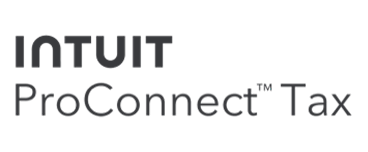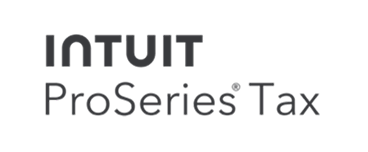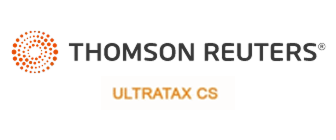
Revisit Your Client Relationships to Improve Your Tax Season
As an accountant in practice, you will more than likely be familiar with the amount of work and pressure accountants are under during tax season. The sheer volume of work, emails, checklists, and documents can be overwhelming.
Although returns can be filed any time after the deadline, you will probably find that 90% of returns aren’t filed until the 2 months prior. This can be due to a variety of reasons; however, the most common reason tends to be getting information in from the client in a timely and efficient manner. Other reasons include clients refusing to use the software that you asked them to, and responding to your requests for their paperwork with “don’t you already have everything?”
Now, if you want to improve your tax season, it is important to first look at your client relationships. If your relationships are good, your clients do as you ask and their attitudes are right, then it’s possible to have a smooth tax season.
The Key to Client Relationships
Build your relationships
It’s worth investing some time in building relationships with clients prior to tax season. That means that when you request the information you need, they are more likely to respond in a timely manner. Set up regular account reviews, host webinars for new legislation (so you only have to say it once, not 100’s of times!) and if a specific change in the law could affect your client – tell them! It’s about positioning yourself as their trusted advisor.
Willingness to adopt technology
If you have a client who is unwilling to use your chosen technology, then rethink the relationship. Not using the correct tools can cause communication issues, is inefficient, and can jeopardize your ability to get work done. Think about setting up a training webinar for all your clients as a reminder of how to use specific tools and include using your chosen technology as part of your contract.
Attitude
Are they low maintenance or do they continuously cause drama? The crux of this is simple: if a client is nasty and rude, then don’t work with them. Any client that creates an ill feeling in the pit of your stomach when you see an email or an incoming call from them should be fired. The stress and strain of that kind of toxic relationship is not worth the revenue.
Now, if your clients are not willing and they don’t want to change, it’s important to cut them loose! Is it worth doing that tax return for someone that causes you so much grief it ruins your day? No. And with the extra time you have, you can try to provide your ‘good’ clients with additional services that can increase your profits.
Once you’ve cut off any toxic clients, you need to focus on your communication with the good ones.
Firstly, look at when you are requesting the documents from clients.
Are you asking early enough, truthfully? And are you incentivizing them to send in documents early? Why would they send them before they have to – honestly?
Think about an incentive – for example – 10% off the price of a tax return if they send their documents 6 months early. And then if they send documents in within 2 weeks of the deadline, they get a 10% late fee added to the agreed rate. Of course, add this into your contract and make them aware of it. You’ll be surprised how well it works.
Secondly, look at why you aren’t getting the right documents through.
Why do clients never send the right information? How clear are you, really? Are you talking the language of the client, or are you talking the language of the profession? Have you requested documents in a nice simple list for them to check through?
If you don’t set up a framework for the clients to follow with clear instructions, how can you expect them to send the right information in at the right time?
Using SmartVault’s latest feature release, Request Docs, you can create a list of documents that you need from your client in order to complete the tax return. Then, using the easy-to-use Request Docs Dashboard you can view visually what documents you have requested from which clients, which have been uploaded (and filed automatically into the client folder) and send email reminders from those missing with one click. Think about how simple that makes it for the client, and how easy it is for you to manage the document request process from your end.
Once you have the clients in place that benefit your firm, and the process in place to collect the information efficiently, your tax season should be infinitely better.
Good luck!






